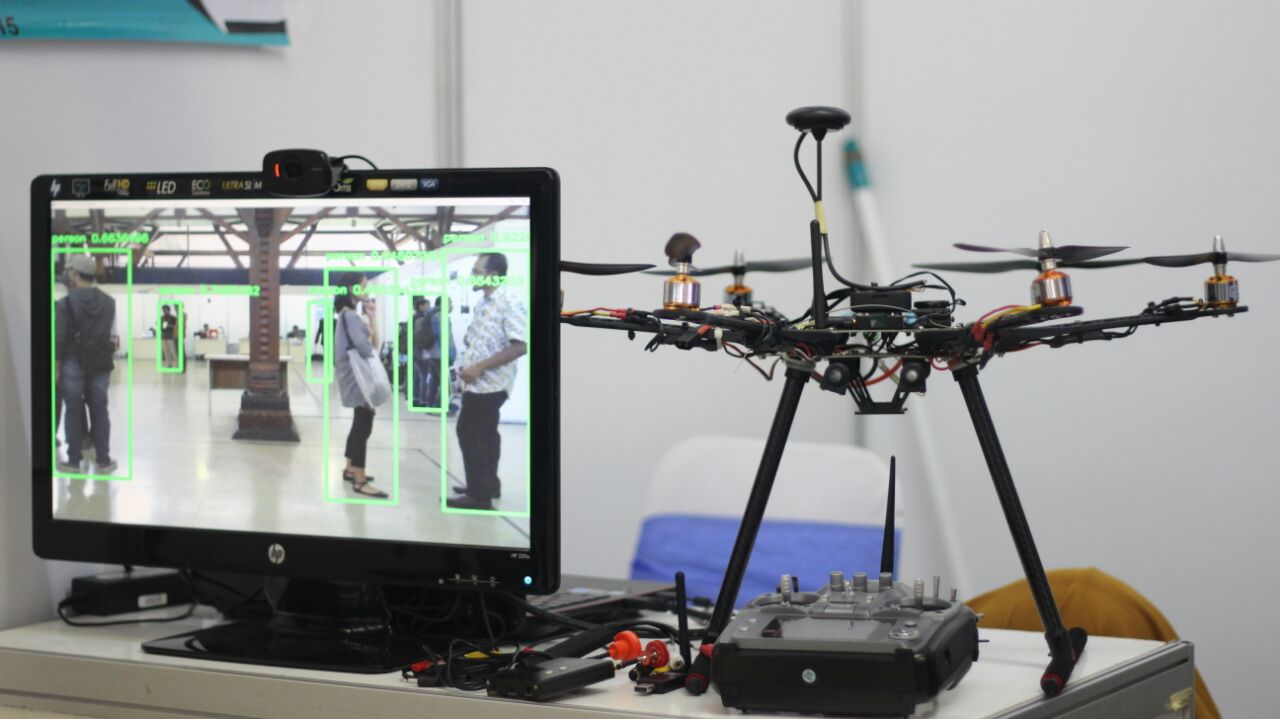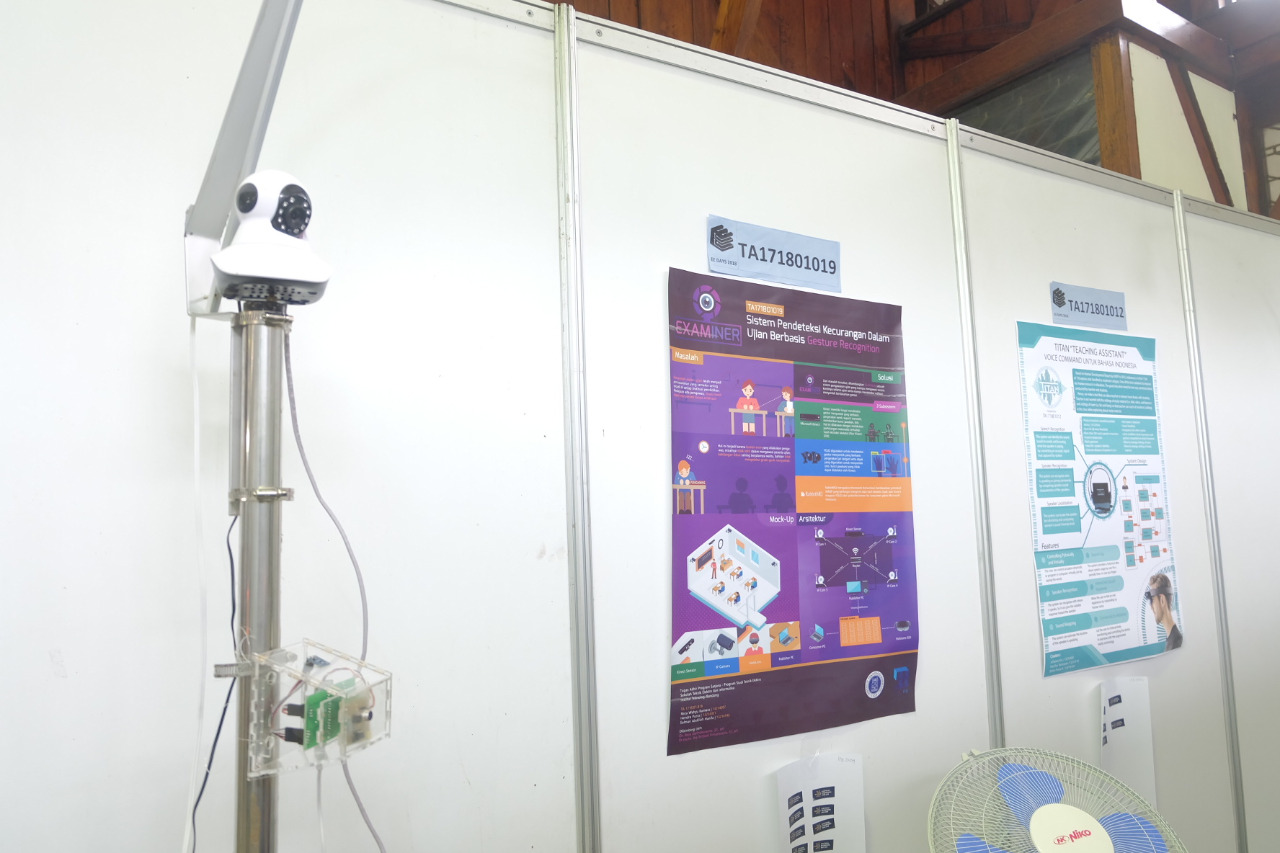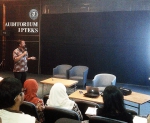ITB Students Develop Human Detection System, a New Way to Detect Sea Accident Victims

BANDUNG, itb.ac.id – ITB students make an innovation to search for sea accident victims. The innovation is called Human Detection System (HDS). HDS, a combination between Machine Learning and Unmanned Aerial Vehicle (UAV) is designed by Muhammad Arkaan Izhraqi (13214056), Nyoman Abiwinanda (13214096), and Adinda Sekarwangi (13214151).
“This innovation is created to assist the search for victims of sea accidents, since this kind of accident often occurs in Indonesia,” Arkaan said. Some ship accidents cause casualties going missing at sea, like the missing of 5 fishermen in Supiori waters on January 2015.
“Initially inspired by National SAR Agency that uses drone as a UAV system in the search of casualty at sea, but the search is still done manually without detection system so that it needs more time to search,” Arkaan continued.
Unlike other general UAV, HDS is more superior because it operates automatically without having continuous monitor by operator at ground station. In large area where round-the-clock search is impossible, HDS is an effective solution to solve this problem.
This innovation is created by integrating UAV autopilot system in the form of a Hexa Copter with object detection software, so that search process could be automated and conducted in parallel.
How to Use HDS
This product uses autopilot-controlled hexa copter. First, Hexa Copter fly according to waypoint determined by operator at ground station as initiation. Video will then be transmitted to ground station before being processed with human detection software. On ground station interface, notification in the form of bounding box will be displayed. When a human is detected, alarm will set off. The final output from the interface is casualty’s coordinate position.
HDS uses particular algorithm for detection process. The Algorithm that is called You Only Look Once (YOLOv2) is planted on ground station’s computer and optimized further with 18 FPS (Frames per Second) boosting tracker. Objects detected by the algorithm are human and ships.
“So far, HDS can detect objects near sea surface only. So, it needs enhancement on image capture by using infrared camera,” Arkaan said. He hopes this innovation is applicable in the future and help evacuation of casualties of sea accident faster. The design of this HDS is under the mentorship of Electrical Engineering lecturer, Arif Sasongko, S.T., M.T., Ph.D. and Muhammad Iqbal Arsyad, S.t., M.T. HDS was displayed on one of the stands in EEDays 2018 that was held on 22nd-24th May 2018 at Aula Timur ITB as a final project.
Reporter: Irfan Ibrahim
Photo: EEDays 2018 Committee

scan for download







